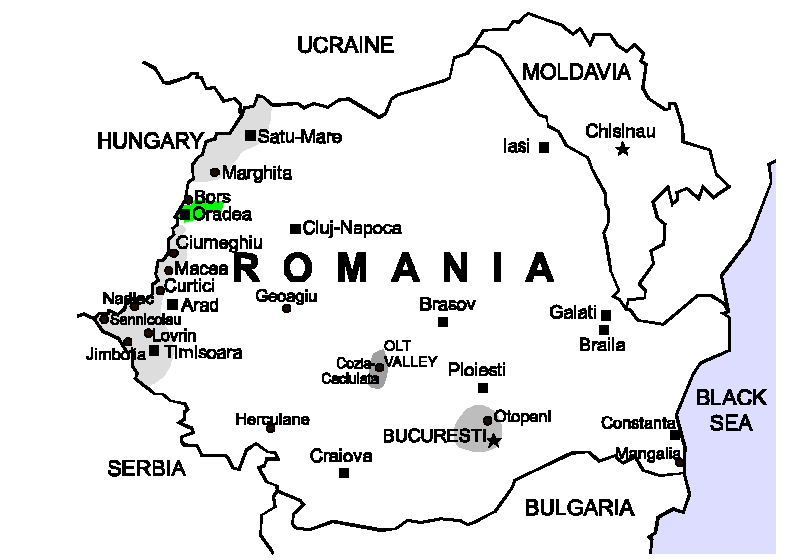|
Library >> Renewable Energy Resource Maps >> Europe >> Geothermal >> Romania Geothermal Energy in Romania
CountriesAlbania | Andorra | Austria | Belarus | Belgium | Bosnia Herzigowina | Bulgaria | Croatia | Cyprus | Czech Republic | Denmark | Estonia | Finland | France | Germany | Greece | Hungary | Iceland | Ireland | Italy | Latvia | Liechtenstein | Lithuania | Luxembourg | FYR of Macedonia | Malta | FS of Moldova | Monaco | Netherlands | Norway | Poland | Portugal | Romania | Russia | San Marino | Serbia & Montenegro | Slovakia | Slovenia | Spain | Sweden | Switzerland | Ukraine | United Kingdom | Yugoslavia Related GENI Resources
Links |
Email this page to a friend
If you speak another language fluently and you liked this page, make
a contribution by translating
it! For additional translations check out FreeTranslation.com
(Voor vertaling van Engels tot Nederlands)
(For oversettelse fra Engelsk til Norsk)
(Для дополнительных
переводов проверяют
FreeTranslation.com )



